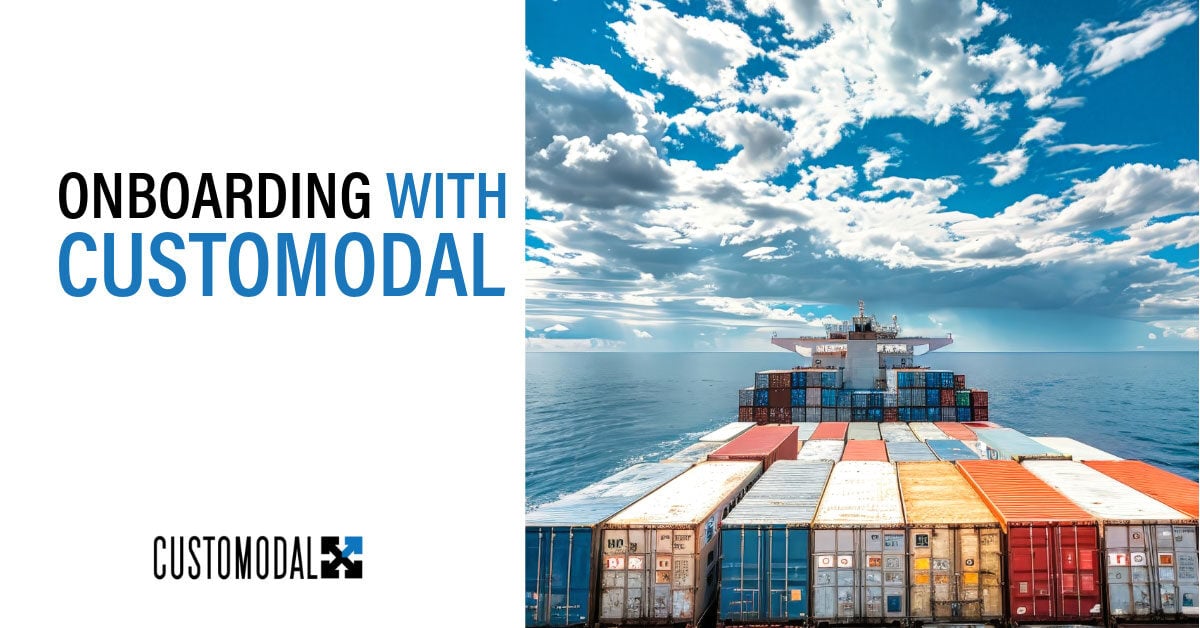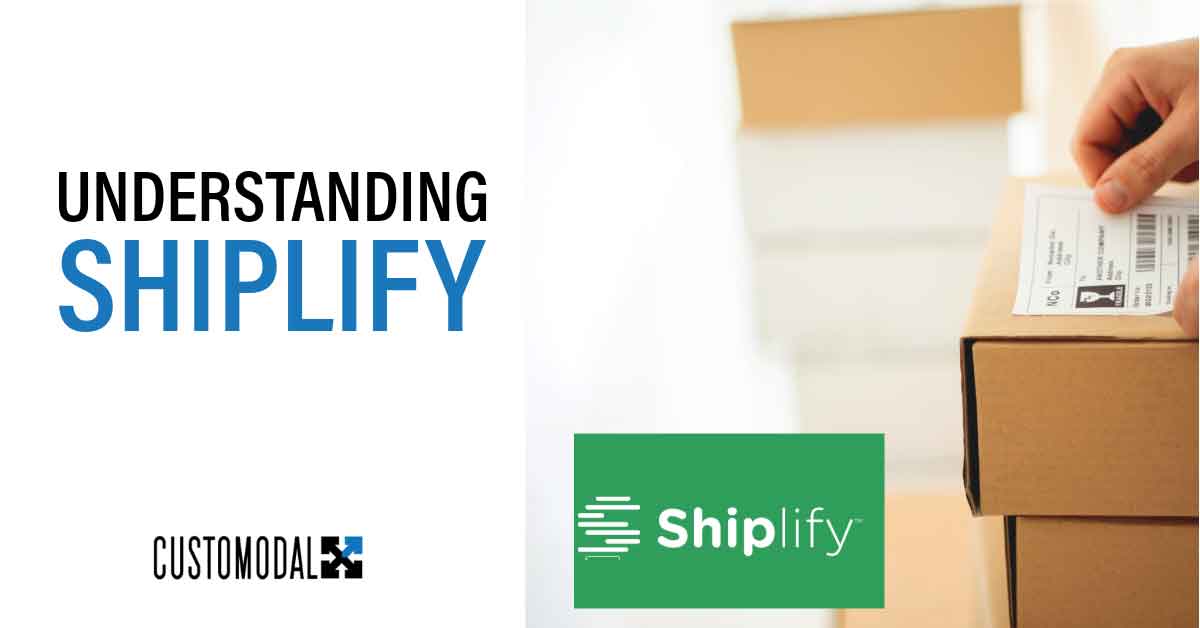
Shiplify is a significant topic among those involved in the LTL sector.
What is Shiplify?
Shiplify is an application adopted by nearly all major LTL carriers in the last three years. It maintains a database of shipping addresses and profiles the locations in terms of LTL accessorials. Carriers integrate Shiplify into their Transportation Management System (TMS), so when a shipment is created, the accessorials in the Shiplify database for that address automatically add to the carriers’ order/charges.
The Benefits and Challenges of Shiplify
Shiplify’s technology is designed to ensure that charges are accurately applied to the shipments (and shippers) that require higher-cost services. This innovation promises a more equitable playing field by preventing the “socialization” of accessorial costs, where some shippers were charged while others were not, leading to extra costs for all.
However, the path to this more efficient and fair system is fraught with challenges. Questions remain about how the database is populated, how carriers utilize it, and who will be the ultimate arbiter of updates and final decisions.
The Practical Challenges
Consider this example: Shipper XYZ sends a pallet to Consignee ABC. Carrier X adds a liftgate accessorial because Shiplify’s database indicates that ABC lacks a forklift on site. When XYZ’s logistics provider audits the carrier’s invoice, this charge is flagged as a variance. To dispute the liftgate accessorial, XYZ must provide a photo of the forklift at the site to Shiplify and request a database update. Only then can XYZ dispute the charge with the carrier. This process is both time-consuming and labor-intensive, requiring patience and understanding from clients.
Continuing the example, suppose Shiplify updates the location to “has forklift” and XYZ wins the dispute. The next day, a different carrier delivering for a different shipper and 3PL actually uses a liftgate at the same location and reports it to Shiplify. The location is updated to “no forklift on site,” triggering liftgate charges on all future shipments with carriers. This illustrates the complexities and potential frustrations of the system over the next few years.
Why Partnering with a 3PL like Customodal is Ideal
Navigating the complexities of Shiplify can be daunting for shippers, which is why partnering with a Third-Party Logistics (3PL) provider like Customodal is advantageous. Here’s why:
- Expertise and Education: Customodal stays informed about the latest developments in logistics technology like Shiplify. We educate our clients, ensuring they understand current events and how these impact their operations.
- Cost Mitigation Strategies: We help translate knowledge into actionable strategies, assisting clients in mitigating cost increases and potentially reducing costs. By understanding the intricacies of Shiplify, we can help clients navigate disputes and database updates efficiently.
- Efficiency and Time Savings: Our team manages the labor-intensive aspects of logistics, from auditing invoices to disputing charges, saving clients time and reducing administrative burdens.
- Fair and Transparent Billing: By ensuring that accessorial charges are correctly applied and disputes are effectively managed, we help clients avoid unnecessary costs and ensure fair billing practices.
Shiplify represents a significant technological advancement in the LTL world, promising a more equitable system for accessorial charges. However, the transition to this new system will involve navigating numerous challenges. Partnering with a 3PL like Customodal ensures that clients are well-informed, prepared, and supported throughout this process. Our expertise, cost mitigation strategies, and efficient management of logistics complexities make us an invaluable partner in this evolving landscape.
➜ Customodal is your go-to guide in the freight industry! We’re the experts in efficiencies and savings and can help you navigate the complexities of your operations. Discover all the amazing benefits we offer – get started today!

